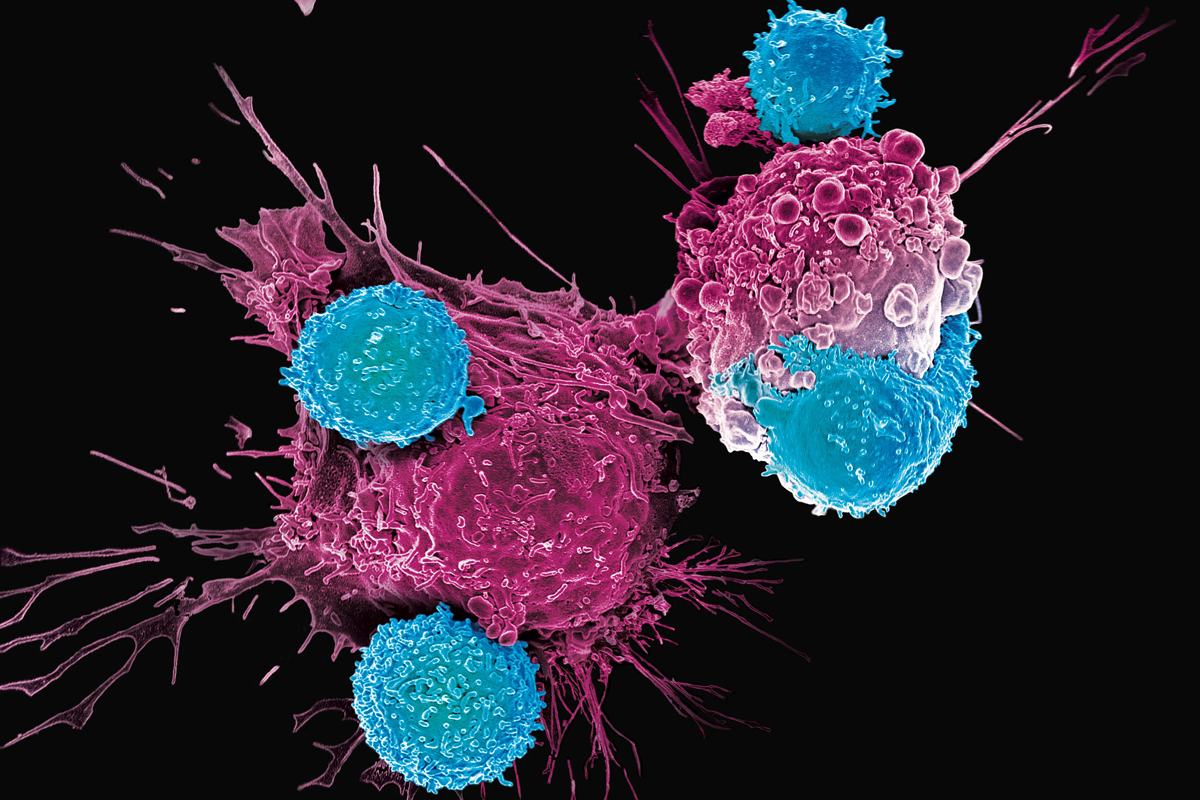-
 Medical articles
CAR T therapy: helps treat cancer when other methods fail
Medical articles
CAR T therapy: helps treat cancer when other methods fail
-
 Medical articles
Cancer incidence is steadily increasing: disappointing WHO forecast for 2050
Medical articles
Cancer incidence is steadily increasing: disappointing WHO forecast for 2050
-
 Medical articles
Stem cells bring hope to millions of people suffering from hearing loss
Medical articles
Stem cells bring hope to millions of people suffering from hearing loss
-
 Medical articles
TOP 10 clinics for oncology treatment 2023
Medical articles
TOP 10 clinics for oncology treatment 2023
-
 Medical articles
New methods for diagnosing cancer diseases
Medical articles
New methods for diagnosing cancer diseases
All news
Rectal fistula treatment
Rectal fistula — is an abnormal canal that forms between the rectum and the surrounding soft tissue, more commonly the skin near the anus. It may look like a tiny hole near the anus.
Spontaneous healing of anal fistula is rare. In most cases, surgery is required to treat the disease. The type and technique of surgery depends on the type and condition of the fistula.
Non-surgical treatment for fistula in the anus area
The only non-surgical treatment for anal fistula that is currently used is the application of fibrin glue. This is done by administering an injection of glue into the fistula in the anus area to bring the edges closer together and prevent a cavity forming. Eventually the cells of the surrounding tissue will sprout into the glue and the fistulous passage will be closed.
Many patients prefer this method because it is safe and painless. However, it is less effective than surgical methods and laser removal of rectal fistula. According to some studies, most patients treated with this technique experience complications or recurrences within 16 months of treatment.
Why surgical treatment for anal fistula is necessary
The goal of surgical treatment is to heal the fistula without damaging the sphincter muscles. This damage can lead to future complications such as fecal incontinence. Surgery is usually performed under general anesthesia, although local anesthesia may be appropriate in some patients
MedTour patients recommend clinics for the treatment of rectal fistula:
Doctors for the treatment of rectal fistula
Published:
Updated:





